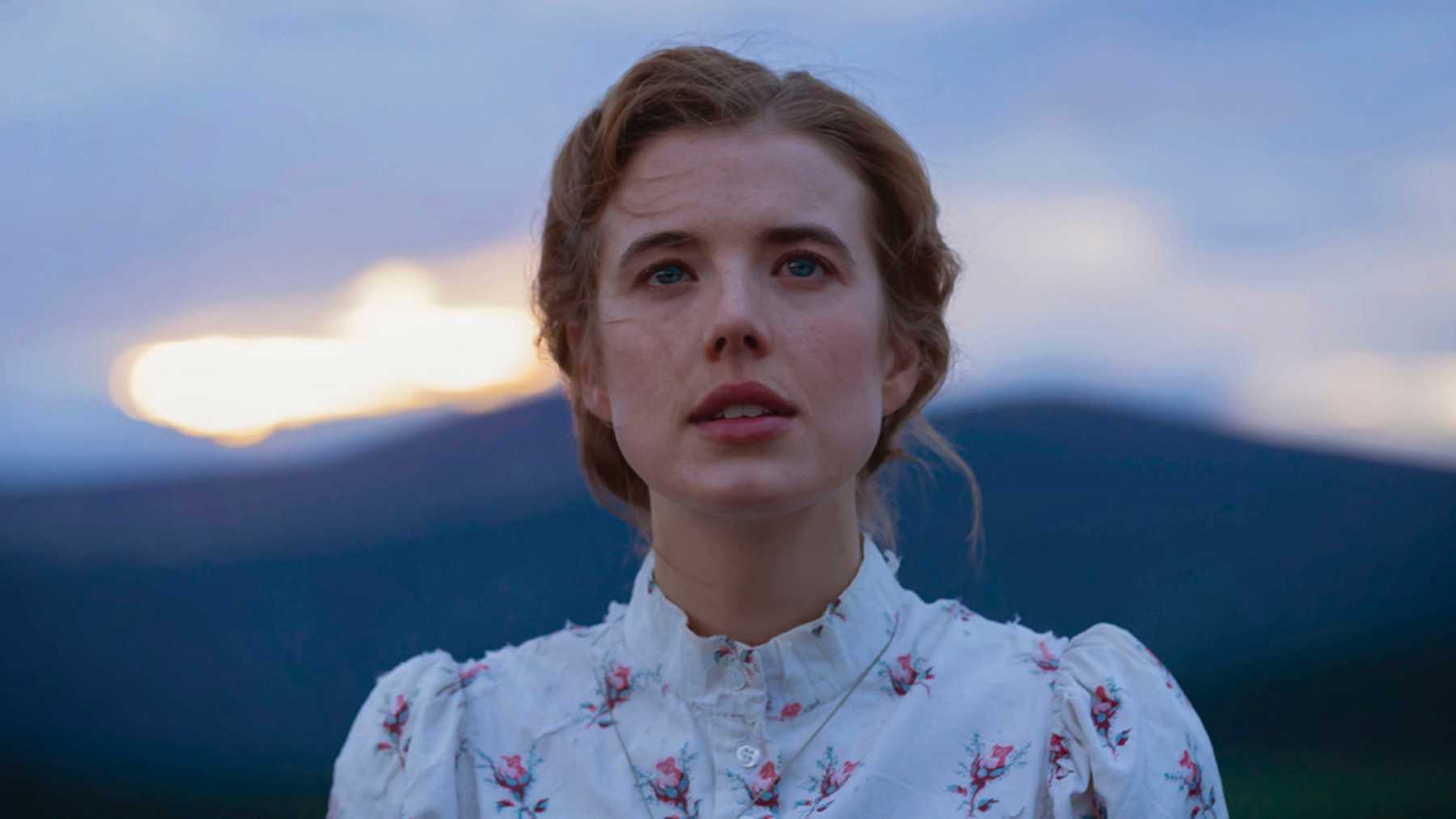
Sometimes, all you really need from a film is some cathartic beauty. Sure, exciting narratives and impressive form will never get old, but sometimes there is a cinematic void that can only be filled by stunning colours, or great wide shots, or even just a story so laid back and focused on heart-warming that it’s hard to focus on anything else. And sometimes a film can do all three – stun you with its beauty, excite you with its narrative and blow your mind with its form… this small list sums up all ten of the films we’re going to talk about in this list, ten beautiful films that you may have missed on your journey through cinema.
1. One from the Heart (Francis Ford Coppola, 1981)
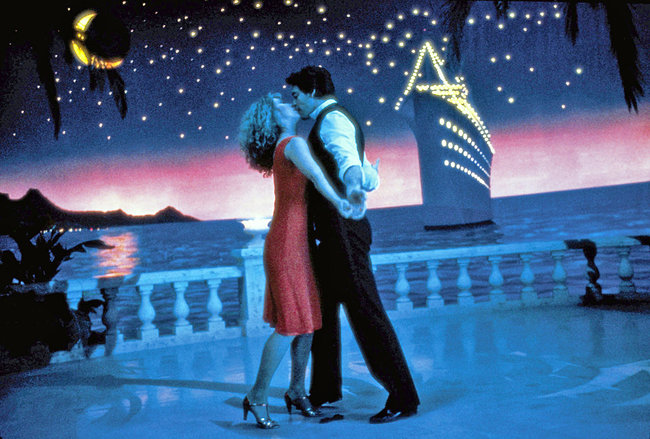
Starting off with the most fantastical of all of the films listed, let’s take a look at Francis Ford Coppola’s bizarre, dreamy 1980s smooth musical classic One From The Heart! Following up his strenuous Apocalypse Now production with something much more laid back, utilising painted sets and an incredibly slick Tom Waits soundtrack, Francis Ford Coppola tried something with One From The Heart that he had avoided with his more prestigious films from the 1970s and focused intently on trying to express these deeply passionate feelings of love and heartbreak through music, dance and colour in this very simple story of a break-up and heartbroken night on the town. To say the film is gorgeous is an understatement.
It is maybe the ultimate 80s musical, taking the charm of its artificiality and wearing it proudly on its sleeve rather than trying to ashamedly cover it up, in turn becoming similar to the most memorable musicals of the 1950s with their beautiful and nostalgic painted backdrops and incredible set pieces. What the film may lack in narrative complexity, it makes up for tenfold in its unmatched formal bravado. Coppola never really made anything like it again, and it’s a damn shame, too.
2. Ludwig (Luchino Visconti, 1973)
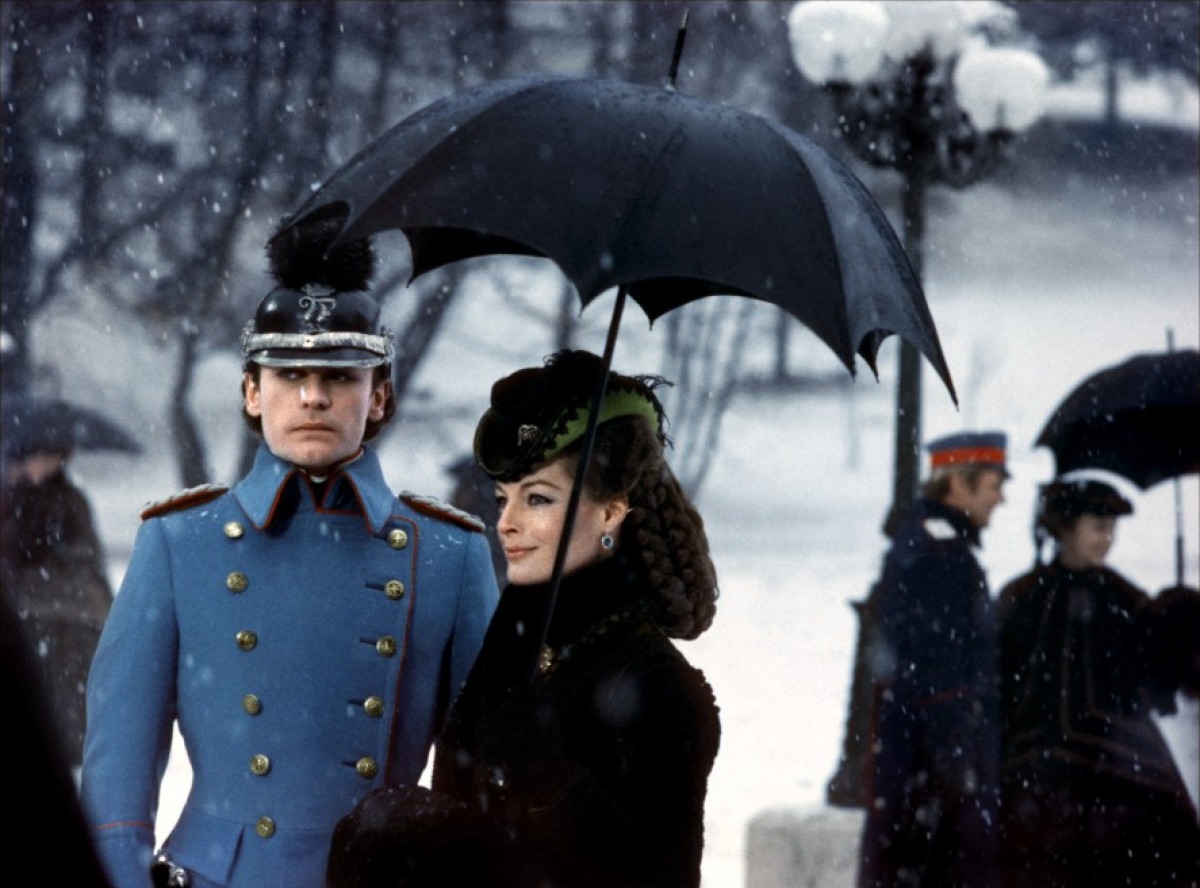
Coming from Italian maestro Luchino Visconti, more than likely most notorious for his masterful adaptation of Thomas Mann’s Death in Venice, the four hour period drama epic following the life of Ludwig II is almost too beautiful for words… especially whenever snow gets involved.
Visconti is known for his zooms and his stunning wide cinematography, but it seems that in Ludwig both took a new step forward in terms of beauty, to the point that the shots just become overwhelming. Adding this to the general formal mastery and Visconti’s incredible control that seems so effortless over both camera and story, and Ludwig becomes one of the most impressive and difficult to contain/explain films of all time, and certainly one of the most beautiful.
3. Le Plaisir (Max Ophuls, 1952)
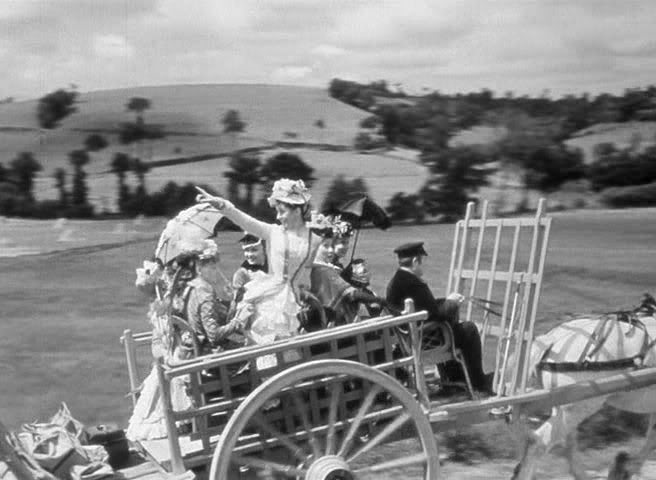
Of course, a list trying to collect together some beautiful films simply has to include at least one work of the incredible Max Ophuls – this time, we’ve chosen to talk about his anthology film Le Plaisir. Detailing three short stories and collecting them together in one film, Le Plaisir looks at adapting three short stories by Guy de Maupassant whilst tackling themes of art vs love and the power of secrets. For the most part, the focus is on the gorgeous cinematography, which flexes some of the finest wide shots ever committed to celluloid throughout, especially during the second story La Maison Tellier. Hell, the film even makes use of a POV shot towards the end.
Ophuls is generally a directors-director, having been praised endlessly by the likes of Martin Scorsese and Paul Thomas Anderson (Ophuls’ The Earrings of Madame De… is supposedly a huge influence on Phantom Thread, for example), and it’s no surprise to see that his influence is lasting to this day considering the power and beauty of not just Le Plaisir but of his filmography collectively.
4. Sunset Song (Terence Davies, 2015)
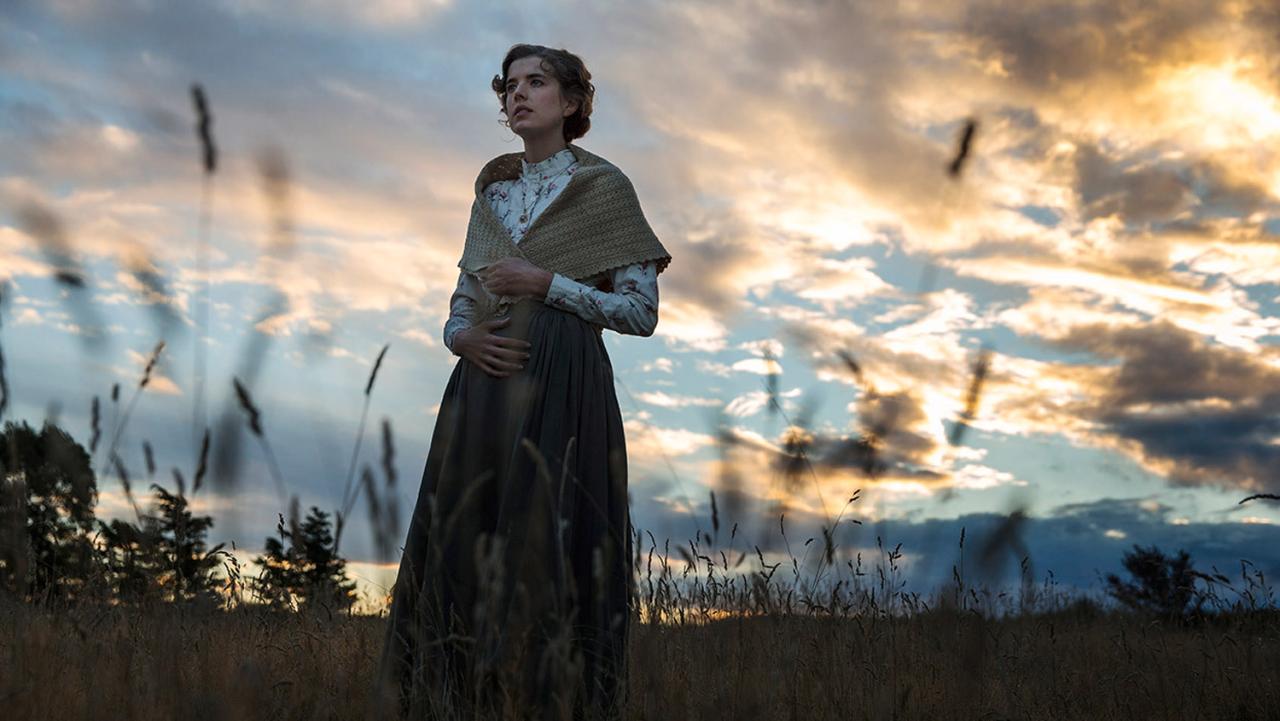
What is there to be said about Terence Davies that hasn’t already been said? The British veteran could just be cinema’s greatest ever visual poet, to say the least, and Sunset Song is living proof (as well as one other film we’ll discuss later on!) Taking a more relaxed tone in this film compared to many of his others, Sunset Song is just a breathtaking period drama detailing the life of a young Scottish woman (Chris, played by Agyness Deyn) coming of age and becoming a woman, gaining experience around the time of the first World War.
Based on the book of the same name penned by Lewis Grassic Gibbon, Davies directs the story of Chris in a blindingly beautiful way, creating such a tender film in spite of the harsher topics and characters (as usual, Peter Mullan is incredible… and quite petrifying when he needs to be) and makes one of the finest films of the 2010s in the process (again – Davies always seems to hit it out of the park and his two other films released in the 2010s were just as great, with The Deep Blue Sea and A Quiet Passion). As said before, Davies could just be cinema’s best poet to ever do it, and each and every one of his films deserves a watch – he is one of the greats.
5. La Cienaga (Lucrecia Martel, 2001)
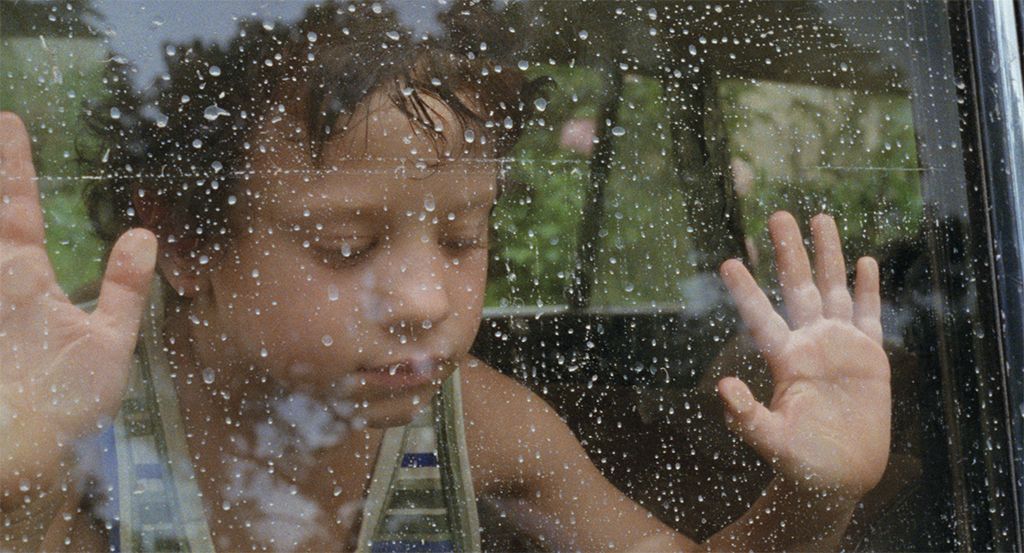
Few films are as tranquil as Lucrecia Martel’s 2001 film La Cienaga. With one of the most beautiful settings close to the titular La Cienaga, the film is mostly incredibly peaceful despite this slight feeling of tension and angst bubbling away beneath the surface. The film is mostly made beautiful thanks to the frankly overwhelming colours (mainly deep greens and surprisingly stunning camouflage colours in general) and the unique use of diegetic sound with the almost constant sound of chirping birds and crickets.
It’s hard to really describe it effectively, but there is such a feeling of comfort and natural beauty generated by this simple ambience that it’s hard to believe that this isn’t something used in most films. It brings to mind the work of other directors such as Apichatpong Weerasethakul who rely on the natural (and often making it slightly unnatural, too), but takes it in a new direction that’s exciting enough to make for one of the best films of the 21st century so far, and definitely one of the most beautiful.